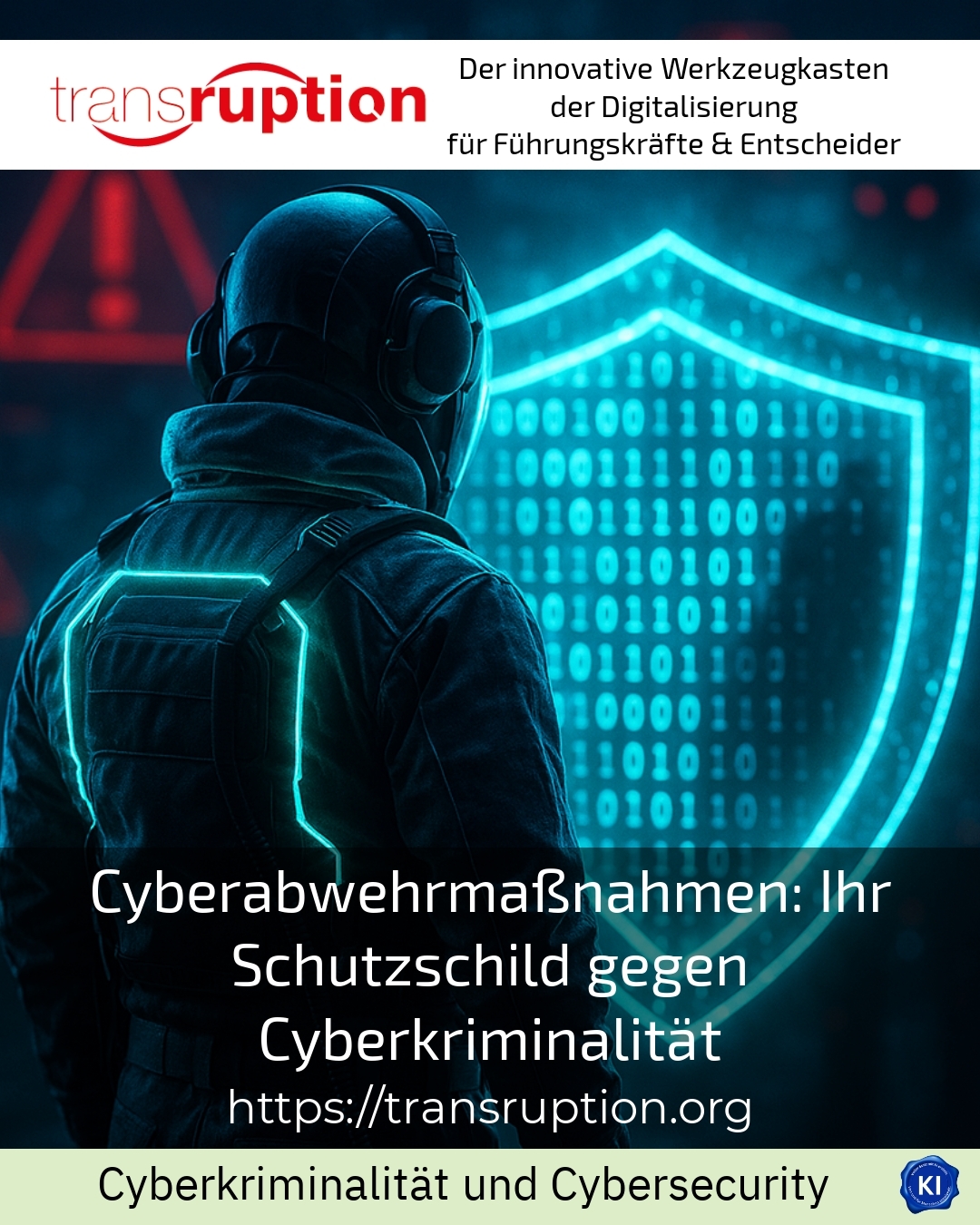Cyber defence measures are a crucial shield against the ever-growing threat of cybercrime. They help companies and organisations to effectively protect their IT systems, data and networks and to detect and ward off security incidents at an early stage. At a time when digital attacks are becoming increasingly professional and complex, cyber defence measures are gaining in importance in order to maintain digital operations and minimise damage.
Basics and importance of cyber defence measures
Cyber defence encompasses a wide range of technical and organisational protective measures that protect IT systems from attacks, data loss or manipulation. The challenge is not only to react to attacks, but also to proactively identify and close vulnerabilities. Companies from a wide range of industries, from finance and manufacturing to service sectors, benefit from a strategically aligned cyber defence.
An example from the automotive industry shows how comprehensive security updates and patch management can prevent cyberattacks on production facilities. A global financial services provider protects its sensitive customer data with multi-factor authentication and encrypted communication. A medium-sized IT company uses penetration tests to discover and rectify security vulnerabilities and thus prevent data leaks.
Important elements of effective cyber defence measures
Technical safety devices
A firewall and up-to-date antivirus programs form the basis of any cyber defence and protect against malware and unauthorised access. Companies in the healthcare sector that manage highly sensitive patient data also rely on endpoint security solutions and actively managed security operations centres (SOC) to monitor threats around the clock. One IT service provider implemented the zero-trust principle, where no access is allowed without verification, which provides a significant security gain.
Employee training and sensitisation
80 per cent of cyberattacks start with a mistake made by employees, for example through phishing emails or social engineering. Regular training is therefore essential. Banks organise interactive training sessions to teach their employees how to deal with suspicious messages. A logistics company uses simulated phishing campaigns to raise awareness of cyber threats. A public administration office has introduced comprehensive e-learning programmes that teach the secure handling of passwords and data.
Data management and backup strategies
Compliance with the 3-2-1 backup rule is a measure that many companies consider indispensable. A large online retailer backs up its customer data at two geographically separate locations, supplemented by automated and regularly checked backups. An insurance company carries out daily backups and tests recovery procedures in order to be able to act quickly in the event of an emergency. Public authorities also often rely on external cloud backups as part of their cyber defence strategy.
BEST PRACTICE at the customer (name hidden due to NDA contract) A customer from the manufacturing industry decided to integrate deception technology, i.e. deception systems that lure attackers into a trap and thus raise the alarm at an early stage. This strategy led to a significant increase in response time in the event of cyber incidents and helped to prevent potential damage.
Cyber defence measures in practice: support and coaching
Many organisations face the challenge of implementing cyber defence measures effectively and sustainably. This is where transruption coaching can play an important role. The coaching supports companies in analysing risks, developing individual strategies and implementing customised measures. An energy supplier was able to optimise its incident response processes thanks to targeted support from cyber defence experts. A medium-sized software manufacturer received practical impetus for the introduction of automated security controls. A service provider was also helped to continuously sensitise its employees to security issues and thus reduce the attack surface.
Cyber defence measures are therefore not a one-off action, but an ongoing process that requires technical expertise, organisational discipline and training in equal measure.
My analysis
Cyber defence measures form an indispensable protective shield against cybercrime. They are multifunctional and range from technical tools such as firewalls and encryption to personnel-related measures such as training and awareness-raising. Continuous adaptation to new threats is crucial because cyber criminals are constantly developing their methods. With supportive guidance and coaching, strategies can be better implemented and made sustainable. In this way, organisations remain resilient and capable of acting in the digital age.
Further links from the text above:
Wikipedia: Cyber defence
Zenith: Cybercrime and protective measures
Allgeier Cyris: Cyber defence glossary
CyberDirekt: Protective measures against cybercrime
Sparkasse: Protection for companies
For more information and if you have any questions, please contact Contact us or read more blog posts on the topic TRANSRUPTION here.
















